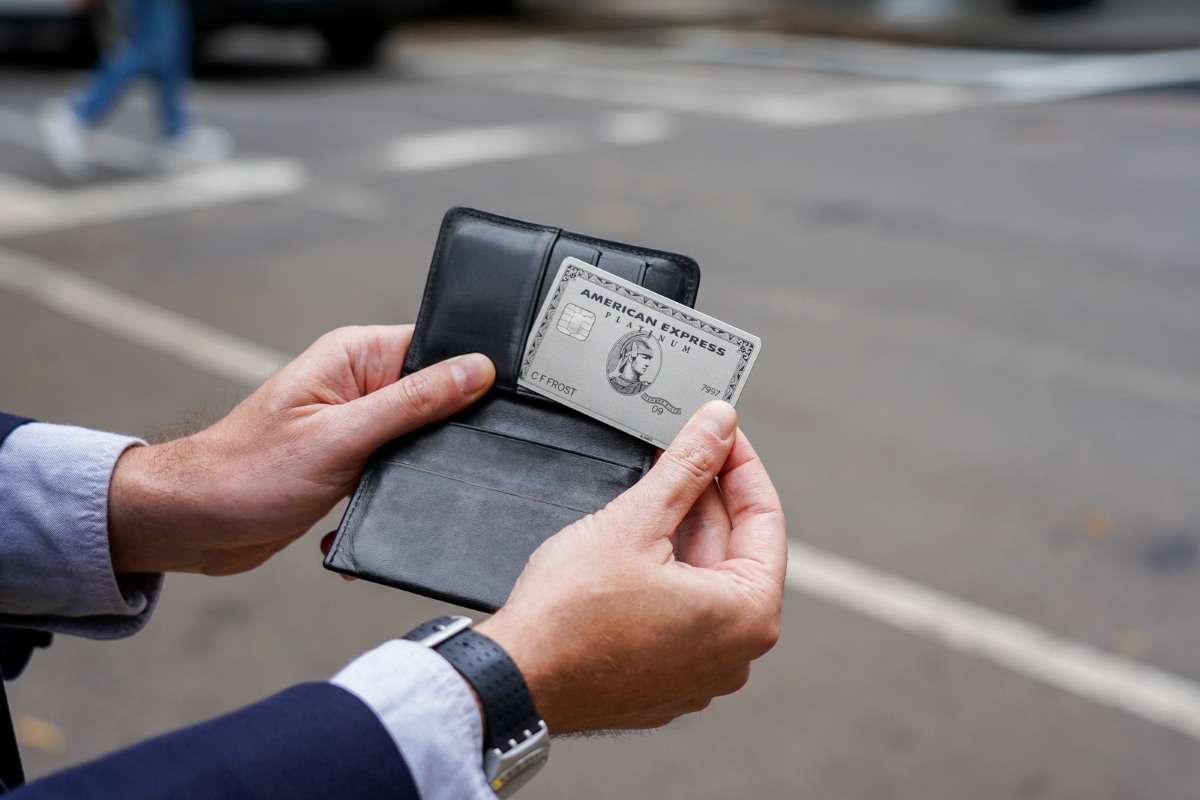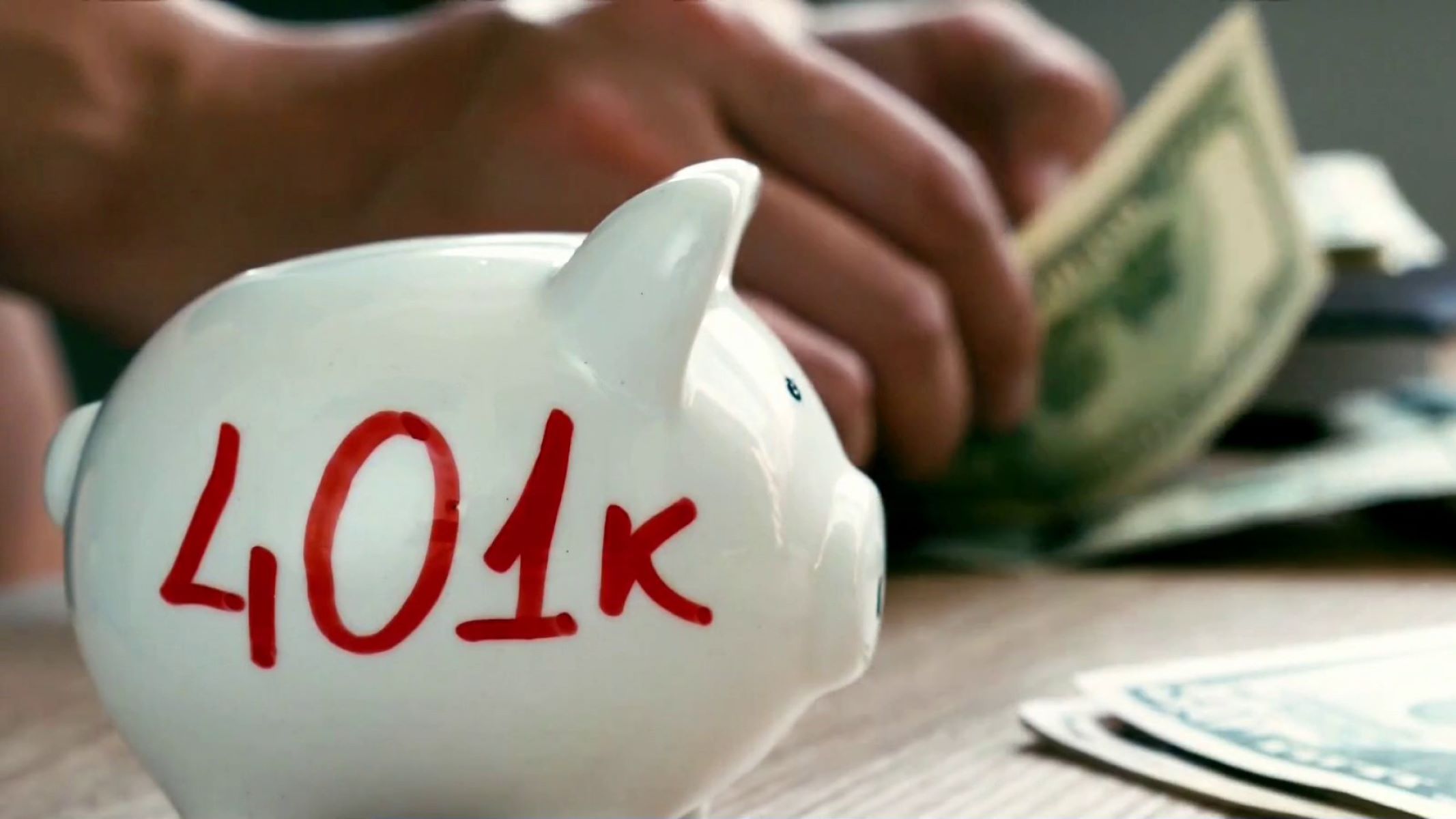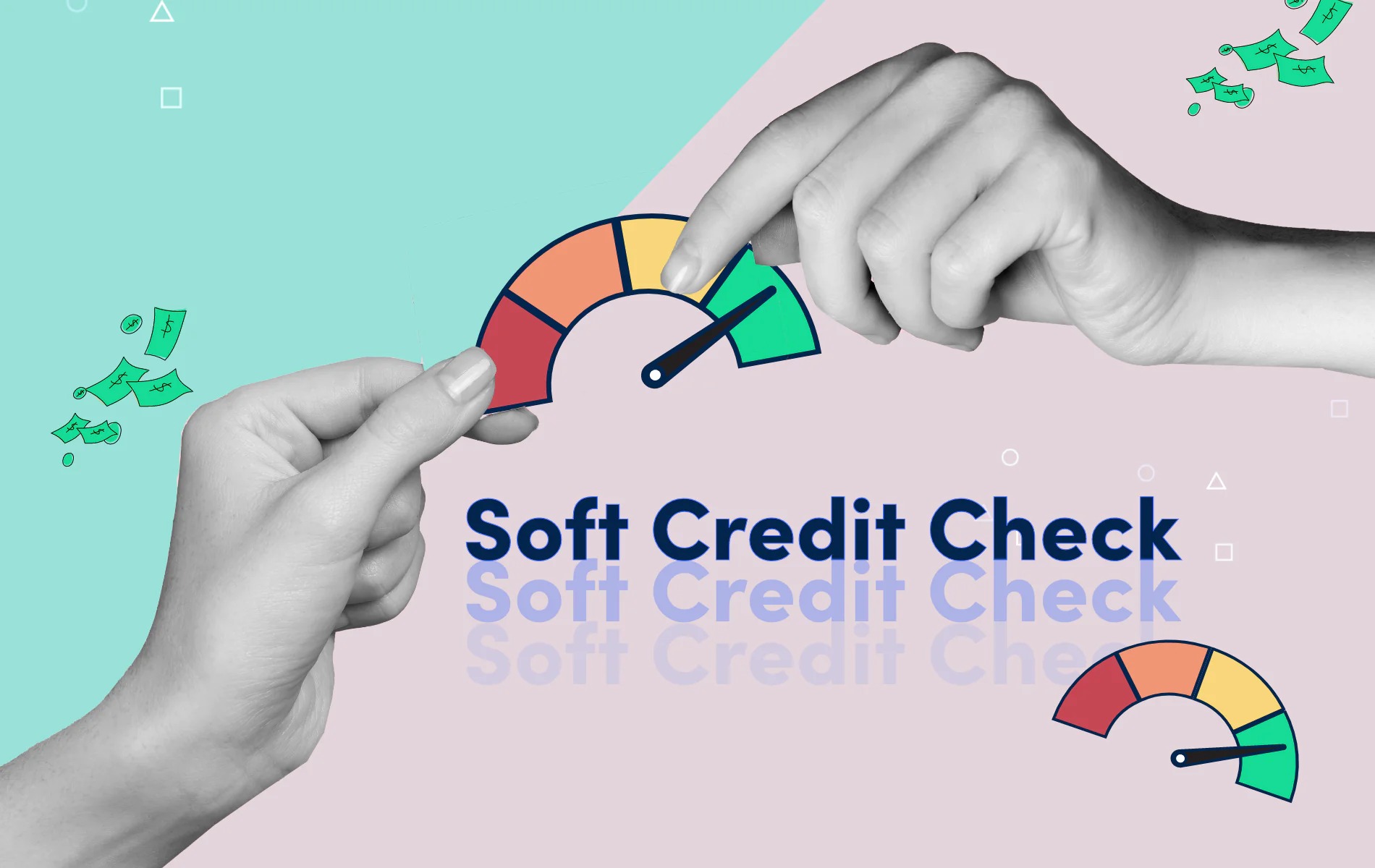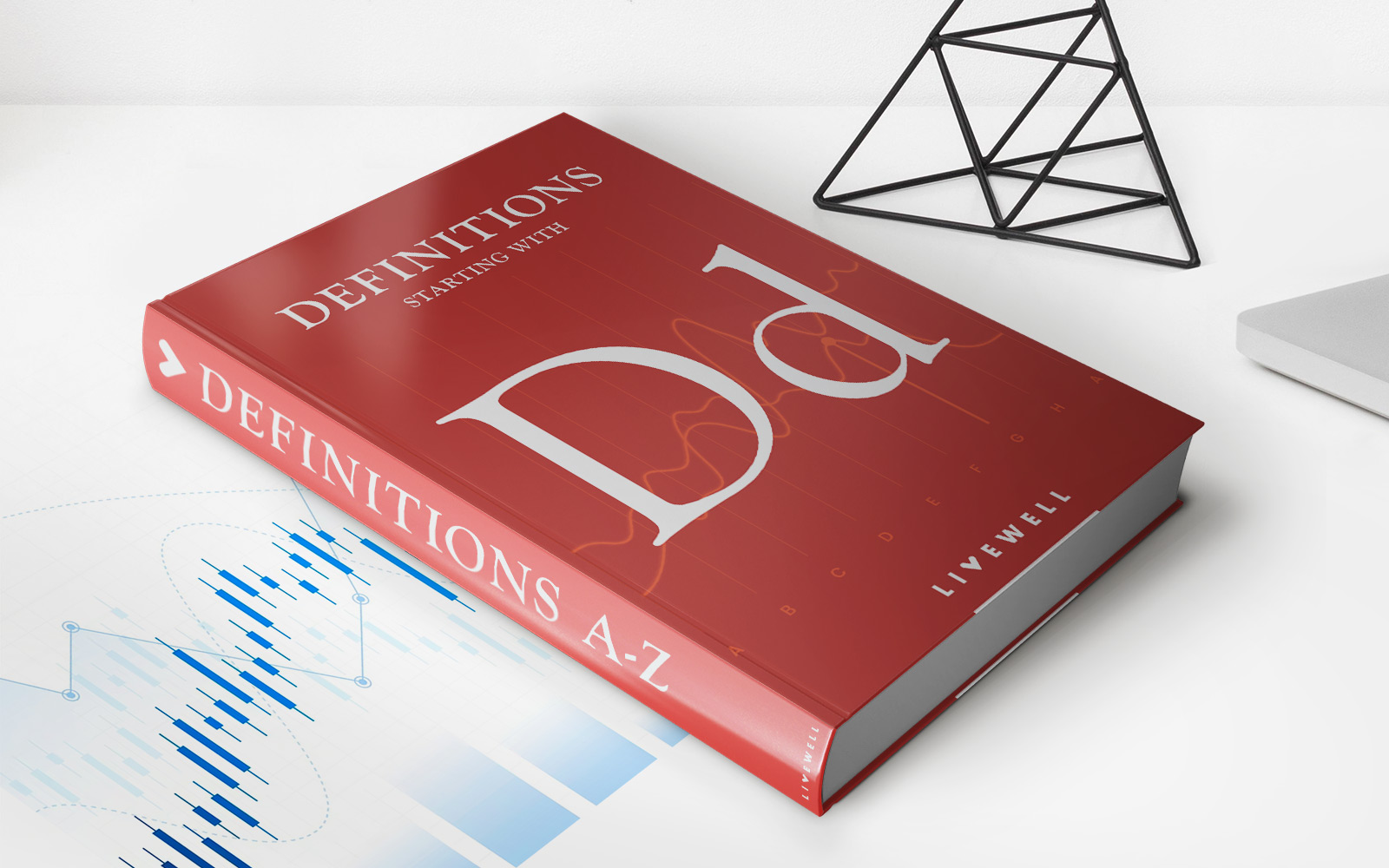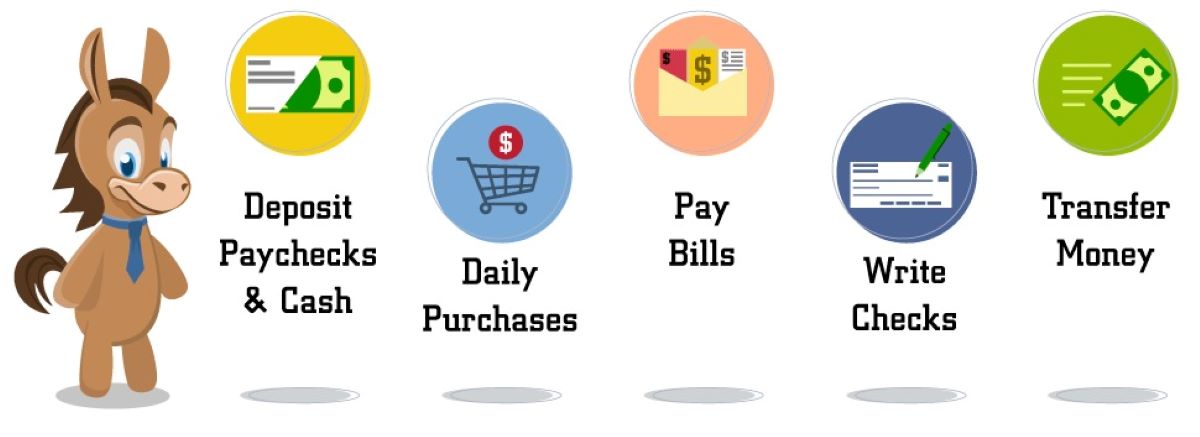

Finance
How Much Should I Spend On A $200 Credit Limit
Published: January 7, 2024
Discover how much you should allocate for expenses with a $200 credit limit. Get expert advice on managing your finances and maximizing your spending power.
(Many of the links in this article redirect to a specific reviewed product. Your purchase of these products through affiliate links helps to generate commission for LiveWell, at no extra cost. Learn more)
Table of Contents
Introduction
When it comes to managing your finances, one aspect that often comes into play is credit cards. These handy pieces of plastic offer convenience and flexibility in making purchases, but it’s important to use them responsibly to avoid falling into debt. One question that many people have is how much they should spend on a credit card with a $200 limit. While there is no one-size-fits-all answer to this question, there are several key factors to consider.
Understanding these factors can help you make informed decisions about how to best utilize your credit card and manage your budget. By evaluating your income, monthly expenses, and credit utilization ratio, you can determine a spending limit that suits your financial situation and helps you build a positive credit history.
In this article, we will explore the various factors that can influence how much you should spend on a credit card with a $200 limit. From your income and financial stability to your credit utilization ratio and credit history, we will delve into the key considerations that can help you make the most of your credit card.
Remember, while a $200 credit limit may seem relatively low, it is still an opportunity to demonstrate responsible credit card usage and build a positive credit history. By understanding these factors and making smart financial decisions, you can maximize the benefits of your credit card and set yourself up for future financial success.
Factors to Consider
When determining how much you should spend on a credit card with a $200 limit, there are several important factors to take into consideration:
- Your income and financial stability
- Your monthly expenses
- Your credit card usage
- Your credit utilization ratio
- Your opportunities for credit limit increase
- Building your credit history
- The impact on your credit score
Let’s delve into each of these factors in more detail:
1. Your income and financial stability: Assessing your income and monthly financial obligations is crucial in determining how much you can afford to spend with a $200 credit limit. Take into account your regular income, such as your salary or wages, as well as any other sources of income. Consider your fixed expenses, such as rent or mortgage payments, utility bills, and other essential costs. This will give you a clear understanding of how much disposable income you have available each month for credit card spending.
2. Your monthly expenses: In addition to fixed expenses, consider other variable expenses like groceries, transportation, entertainment, and discretionary spending. These will impact how much of your $200 credit limit you can comfortably allocate for purchases. It’s important to have a realistic understanding of your spending habits to avoid overspending and accumulating debt.
3. Your credit card usage: Evaluate how frequently you plan on using your credit card. Are you planning to use it for occasional purchases or daily expenses? Knowing the purpose and frequency of your card usage will help you gauge the appropriate spending limit within your $200 credit limit.
4. Your credit utilization ratio: Credit utilization ratio refers to the percentage of your available credit that you are using. Keeping your credit utilization ratio low is essential for maintaining a healthy credit score. With a $200 credit limit, consider not exceeding 30% utilization, which means your balance should typically stay below $60. This demonstrates responsible credit card usage and can have a positive impact on your credit history.
5. Your opportunities for credit limit increase: While you may start with a $200 credit limit, responsible usage and timely payments can open the door to potential credit limit increases in the future. Regularly checking in with your credit card issuer and demonstrating good financial habits can lead to a higher credit limit, providing you with more spending power.
6. Building your credit history: Properly managing a credit card with a $200 limit can help you establish a positive credit history. Making timely payments, keeping your balance low, and using your card responsibly over time can improve your creditworthiness and open doors to better borrowing options in the future.
7. The impact on your credit score: While a $200 credit limit may seem small, it can still impact your credit score. Making on-time payments and keeping your balance low can positively affect your credit score, while late payments or exceeding your credit limit can have a negative impact.
By considering these factors, you can determine the appropriate spending limit within your $200 credit card limit. Remember, responsible credit card usage and maintaining a healthy credit history are key to financial stability and future opportunities for credit.
Income and Financial Stability
When considering how much to spend on a credit card with a $200 limit, it’s essential to evaluate your income and overall financial stability. Understanding your financial situation will help you determine a spending limit that aligns with your income and ensures you can meet your other financial obligations.
Start by assessing your regular income sources, such as your salary, wages, or any other sources of income. Take into account the amount you receive each month after taxes and deductions. This will give you an idea of how much disposable income you have available to allocate towards credit card spending.
Next, consider your fixed expenses, which are recurring and essential monthly costs. These expenses may include rent or mortgage payments, utilities, insurance premiums, and any other commitments that you cannot easily change. Calculate the total amount of these fixed expenses and subtract it from your monthly income. The remaining amount represents your discretionary income, which you can allocate towards credit card purchases.
It’s important to be realistic and ensure that the discretionary income you have can comfortably cover your credit card spending. If your monthly expenses are high and your discretionary income is limited, it may be wise to allocate a smaller portion of your $200 credit limit towards credit card purchases. On the other hand, if you have a higher disposable income and fewer fixed expenses, you may have more flexibility to allocate a larger portion of the $200 limit for credit card spending.
Keep in mind that financial stability goes beyond just your income. It also includes factors like job security, emergency savings, and long-term financial goals. If you have a steady job and a robust emergency fund, you may feel more comfortable using a larger portion of your $200 limit. Conversely, if you have a variable income or are currently facing financial challenges, it may be prudent to use a smaller portion of your credit limit to ensure you can handle unexpected expenses or emergencies.
Ultimately, your income and financial stability should be the guiding factors in determining how much to spend on a credit card with a $200 limit. It’s crucial to prioritize keeping your overall financial health intact and avoiding unnecessary debt. By evaluating your income, expenses, and financial goals, you can make informed decisions about how to best utilize your credit card within the confines of your $200 limit.
Monthly Expenses
When deciding how much to spend on a credit card with a $200 limit, it is important to carefully consider your monthly expenses. Understanding your financial obligations and budgeting for necessary expenses will help you determine how much of the credit limit you can allocate towards discretionary spending.
Start by examining your fixed monthly expenses. These are recurring costs that remain relatively stable from month to month. They typically include rent or mortgage payments, utilities, transportation, insurance premiums, and loan repayments. Add up all these expenses to calculate the total amount you need to allocate from your income each month.
Next, consider your variable expenses. These are costs that can fluctuate from month to month and may include groceries, dining out, entertainment, clothing, and personal care items. It’s important to estimate your average spending in these categories to get an idea of how much you typically spend on a monthly basis.
Once you have a clear picture of your monthly expenses, compare them to your income. Subtract your total monthly expenses from your monthly income to determine your discretionary income. This is the amount you have available to allocate towards credit card spending and other non-essential purchases.
When determining how much of your $200 credit limit to use for discretionary spending, consider the proportion of your discretionary income that you can comfortably allocate without compromising your ability to meet your financial obligations. It is generally recommended to keep your credit card spending within a reasonable percentage of your discretionary income to avoid accumulating debt.
Keep in mind that it is important to prioritize essential expenses over discretionary spending. Ensure that you have enough funds set aside for fixed expenses, savings, and emergencies before using a significant portion of your $200 credit limit for discretionary purchases.
If your monthly expenses are high and your discretionary income is limited, it may be wise to allocate a smaller portion of your $200 credit limit towards credit card spending. On the other hand, if you have a higher discretionary income and fewer financial obligations, you may have more flexibility to allocate a larger portion of the $200 limit for discretionary purchases.
Being mindful of your monthly expenses and making informed decisions about how to use your credit card within your $200 limit will help you maintain financial stability, avoid unnecessary debt, and ensure that you can meet your financial obligations while still enjoying the benefits of using a credit card.
Credit Card Usage
When it comes to determining how much to spend on a credit card with a $200 limit, your intended usage of the card plays a crucial role. Understanding your spending habits and how frequently you plan to use the credit card will help you make informed decisions about your spending limit within the given $200 limit.
Consider the purpose of the credit card. Are you planning to use it for occasional purchases, emergencies, or as your primary payment method for daily expenses? This will help you gauge the appropriate spending limit based on your needs.
If you plan to use the card for occasional purchases or emergencies, you may not need to allocate a significant portion of the $200 limit for regular spending. Instead, you can keep the card as a backup option or for specific needs that may arise. In these cases, it is advisable to use a smaller portion of the credit limit to allow room for unexpected expenses.
On the other hand, if you intend to use the credit card as your primary payment method for daily expenses, such as groceries, dining out, or transportation, you need to allocate a larger portion of the $200 limit for regular spending. Be sure to account for your monthly spending patterns and allocate a limit that reflects your anticipated expenses within your budget.
Monitoring your spending habits is crucial to avoid exceeding your credit limit and incurring penalties or fees. Keeping track of your purchases and comparing them to your available credit will help you stay within the confines of your $200 limit.
Remember that responsible credit card usage involves making timely payments and keeping your balance manageable. By regularly monitoring your spending and making payments on time, you can demonstrate positive financial behavior and potentially increase your credit limit in the future.
Additionally, consider any rewards or benefits associated with your credit card. Some cards offer cashback, points, or other perks based on your spending. Understanding these rewards can influence your credit card usage as you may want to focus your spending in specific categories to maximize the benefits.
Ultimately, how you plan to use your credit card will determine the appropriate spending limit within your $200 cap. By aligning your spending habits with your credit limit, you can make the most of your card while ensuring responsible usage and avoiding unnecessary debt.
Credit Utilization Ratio
One important factor to consider when determining how much to spend on a credit card with a $200 limit is your credit utilization ratio. Your credit utilization ratio is the percentage of your available credit that you are using, and it plays a significant role in your overall credit score.
The general rule of thumb is to keep your credit utilization ratio below 30%. This means that your credit card balance should typically stay below $60 if you have a $200 credit limit. By keeping your balance within this range, you demonstrate responsible credit card usage and show lenders that you are not overly reliant on credit.
Why is the credit utilization ratio important? It is because it shows how much of your available credit you are utilizing. Lenders and credit bureaus view a high credit utilization ratio as a potential risk, as it indicates that you may be financially stretched and may have difficulty managing additional credit. On the other hand, a low credit utilization ratio is a positive indicator of responsible credit behavior.
When using a credit card with a $200 limit, it is important to carefully manage your spending to keep your credit utilization ratio in check. Avoid maxing out your credit card, as this can negatively impact your credit score. Instead, aim to keep your balance well below the $200 limit to maintain a healthy credit utilization ratio.
If your monthly expenses or desired spending exceed the $60 threshold, you may need to consider alternative payment methods or reduce your spending in other areas to ensure you maintain a low credit utilization ratio. By doing so, you can show lenders that you can effectively manage your credit and increase your chances of being approved for higher credit limits in the future.
Regularly checking your credit card balance and monitoring your credit utilization ratio is essential to maintain a healthy credit profile. By staying mindful of your spending and keeping your credit utilization ratio low, you can make the most of your credit card with a $200 limit while laying the foundation for a strong credit history.
Credit Limit Increase Opportunities
While you may start with a credit limit of $200 on your credit card, it’s important to remember that this limit is not set in stone. Responsible credit card usage and good financial habits can open doors to credit limit increase opportunities in the future.
Most credit card issuers periodically review their customers’ accounts and may offer a credit limit increase if they deem the cardholder eligible. These increases are typically based on factors such as your payment history, credit score, and income stability.
Here are a few ways you can increase your chances of obtaining a credit limit increase:
- Pay your bill on time: Consistently making your credit card payments on time demonstrates responsible financial behavior and improves your creditworthiness. Credit card issuers are more likely to reward prompt payment history with a higher credit limit.
- Keep your credit utilization ratio low: Maintaining a low credit utilization ratio is essential. By keeping your balances well below your credit limit, you show responsible usage and financial management. A lower credit utilization ratio signals to the credit card issuer that you are a low-risk borrower.
- Use your card regularly: Regularly using your credit card and making payments on time helps build a positive credit history. Demonstrating that you can utilize credit responsibly increases your chances of being considered for a credit limit increase.
- Increase your income: If you experience an increase in income, whether through a raise, promotion, or additional job, this positively impacts your creditworthiness. A higher income can make you more eligible for a credit limit increase.
- Contact your credit card issuer: If you believe you have demonstrated good financial habits, you can reach out to your credit card issuer and inquire about a credit limit increase. Some issuers may consider your request if you have a positive payment history and meet their eligibility requirements.
Remember that credit limit increases are not guaranteed, as they are subject to the credit card issuer’s discretion. Therefore, it’s crucial to continue practicing responsible credit card usage and maintaining good financial habits to increase your chances of obtaining a higher credit limit in the future.
By consistently demonstrating responsible credit behavior, paying your bills on time, and keeping your credit utilization low, you can position yourself for credit limit increase opportunities down the line. This provides you with more spending power and flexibility while also reflecting positively on your credit history.
Building Credit History
One significant benefit of using a credit card with a $200 limit is the opportunity to build and establish a positive credit history. An individual’s credit history plays a crucial role in their financial life, as it influences their ability to obtain credit, secure loans, and receive favorable interest rates.
When it comes to building credit history with a $200 credit limit, responsible credit card usage is key. Here are some strategies to help you establish a solid credit history:
1. Make timely payments: Paying your credit card bill on time is crucial for building a positive credit history. Late payments can have a significant negative impact on your credit score. Set up automatic payments or reminders to ensure you never miss a payment.
2. Keep the balance low: Keeping your credit card balance well below the $200 limit demonstrates responsible credit usage. It is recommended to aim for a credit utilization ratio of no more than 30% to maintain a healthy credit score.
3. Avoid carrying balances: While it may be tempting to carry balances on your credit card, especially with a small credit limit, it’s best to pay off the balance in full each month. Carrying balances can cost you unnecessary interest charges and potentially harm your credit history.
4. Use the card regularly: Regularly using your credit card shows lenders that you can responsibly manage credit. Make small purchases and pay them off promptly to establish a pattern of responsible credit behavior.
5. Monitor your credit report: Regularly check your credit report to ensure that all the information is accurate and up to date. Monitoring your credit report allows you to catch any errors or fraudulent activity that may negatively impact your credit history.
6. Consider alternative credit-building options: If your credit limit is restrictive, you may want to explore other credit-building options. Secured credit cards, where you provide a deposit as collateral, or becoming an authorized user on someone else’s credit card can also help you establish credit history.
Remember, building credit history takes time. It is not something that happens overnight. By consistently practicing responsible credit card usage, making timely payments, and keeping your balance low, you can lay the groundwork for a positive credit history.
As you build your credit history with a $200 credit limit, it is essential to maintain patience and discipline. Over time, as you establish a solid credit history, you may become eligible for higher credit limits and better credit opportunities.
Building credit history is an important step towards achieving financial goals and gaining access to better credit options. By using your credit card responsibly and taking steps to establish positive credit habits, you can pave the way for a strong credit profile and a brighter financial future.
Credit Score Impact
Using a credit card with a $200 limit can have a significant impact on your credit score, as it directly contributes to your credit history and overall creditworthiness. Here’s what you need to know about the potential impact on your credit score:
1. Payment history: Payment history is one of the most critical factors in determining your credit score. Making timely payments on your credit card bill will positively impact your credit score and demonstrate responsible credit management. Conversely, late payments can have a detrimental effect on your score.
2. Credit utilization ratio: Your credit utilization ratio, which is the percentage of your credit limit that you are utilizing, is another significant factor that affects your credit score. By keeping your balance low and utilizing only a small portion of your $200 credit limit, you can maintain a healthy credit utilization ratio and improve your credit score.
3. Length of credit history: The length of your credit history is also a factor that impacts your credit score. Using a credit card with a $200 limit and consistently making on-time payments helps establish a positive credit history over time. The longer your credit history, the more positive impact it can have on your credit score.
4. New credit applications: Opening a new credit card account, even with a $200 limit, will result in a new credit inquiry. This inquiry can have a slight negative impact on your credit score in the short term. However, as you demonstrate responsible credit card usage and make on-time payments, the positive credit history will outweigh the initial impact of the inquiry.
5. Mix of credit: Your credit mix, which refers to the different types of credit accounts you have, also affects your credit score. Using a credit card with a $200 limit can contribute to a healthy mix of credit accounts, especially if you also have other types of credit, such as a car loan or student loan.
It’s important to note that the impact on your credit score may vary depending on your unique credit history and individual credit score calculation models used by credit bureaus. However, responsible credit card usage with a $200 limit can generally have a positive impact on your credit score over time.
Building a solid credit score is a gradual process that requires consistent and responsible credit behavior. By using your credit card responsibly, making on-time payments, and maintaining a low credit utilization ratio, you are taking steps to strengthen your creditworthiness and improve your overall credit score.
Final Thoughts
Managing a credit card with a $200 limit requires careful consideration and responsible financial habits. By taking into account factors such as your income, monthly expenses, credit card usage, credit utilization ratio, credit limit increase opportunities, building credit history, and credit score impact, you can make informed decisions about how much to spend and maximize the benefits of your credit card.
Remember that responsible credit card usage goes beyond just staying within your $200 limit. It involves making payments on time, keeping your credit utilization ratio low, and being mindful of your overall financial health. By practicing these habits, you can build a positive credit history, increase your chances of obtaining higher credit limits in the future, and improve your credit score.
Additionally, monitoring your credit report regularly and staying knowledgeable about your credit score can help you stay on top of your financial wellness. This allows you to identify any errors, address them promptly, and take steps to maintain a strong credit profile.
While a credit card with a $200 limit may have some limitations, using it responsibly can provide a solid foundation for building a healthy credit history. As you establish good credit habits and your financial situation improves, you may have opportunities to obtain higher credit limits and access to more favorable credit options.
Lastly, remember that responsible credit card usage and maintaining a positive credit history are long-term commitments. Consistency, discipline, and financial awareness are paramount. By using your credit card wisely, making on-time payments, keeping your balances low, and staying mindful of your overall financial well-being, you can navigate the world of credit cards effectively and set yourself up for a prosperous financial future.








